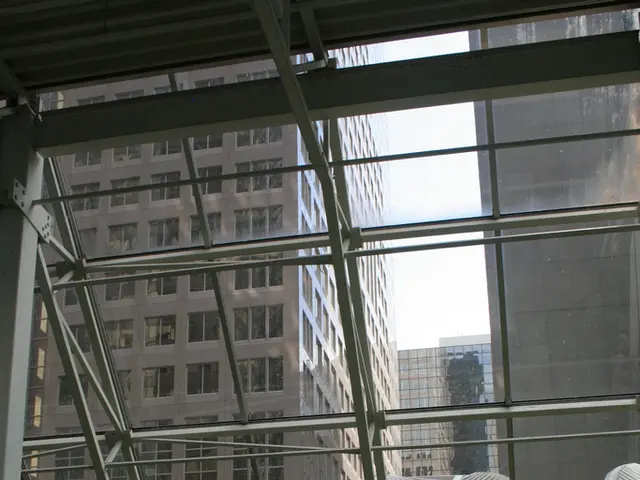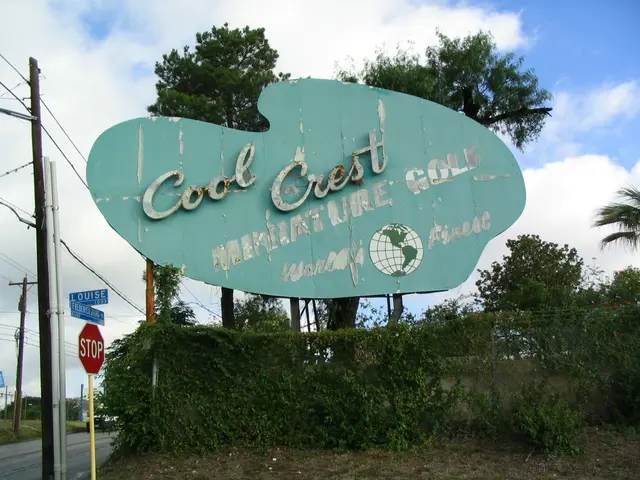Budget of Krasnodar region boosted past 10 billion rubles mark
In a recent meeting, Vice-Governor Roman Luzinov highlighted the impressive growth of non-tax revenues in the Krasnodar Territory. The consolidated budget received over 10 billion rubles by the end of the first half of 2025, with nine municipalities leading the way.
Abinsky, Apsheronsky, Yeisky, Kalininsky, Krasnoarmeisky, Ust-Labinsky, Belorechensky districts, and the cities of Anapa and Sochi have demonstrated the best indicators in non-tax revenues. Land rental payments contribute over 6 billion rubles to the main sources of non-tax revenues.
However, Vice-Governor Luzinov emphasized the need to activate work with territories that are lagging in key indicators. Particular attention was drawn to municipal formations such as Shcherbinovsky, Ottradnensky, Bryukhovetsky, and Dinskoy districts, as well as Tuapse District.
The Vice-Governor also stressed the importance of strengthening cooperation with the bailiff service to reduce the existing debt. The heads of Tiblissky, Kavkazsky, Seversky districts, and Tuapse District were urged to reduce their debt by an average of 10% by the end of the current year.
Currently, around half of the planned revenue volume has been collected, which exceeds 21 billion rubles in the current year. This announcement was made by Vice-Governor Luzinov at a meeting of the regional commission dedicated to ensuring stable revenues to the consolidated regional budget.
While the exact distribution of non-tax revenues among Krasnodar's municipalities is not readily available, there are indications of a dynamic local economic environment. The Krasnodar Territory has seen a 20% increase in the number of IT companies since 2022, suggesting a thriving local economy that could influence municipal revenues from non-tax sources like business fees or local service charges.
In general, municipal revenues in Russia can be limited and unevenly distributed due to federal and regional budgetary policies that affect local governments differently. However, strategies to improve revenue collection in lagging areas often involve enhancing local administrative capacity, stimulating economic growth, and implementing legal and fiscal reforms that clarify revenue sources and improve transparency.
For highly detailed and updated information on Krasnodar municipalities’ non-tax revenue distribution and strategic plans, consulting regional government reports or Krasnodar’s Ministry of Finance publications would be necessary.
Read also:
- Catastrophic blast at a US Steel facility in Pennsylvania causes 2 fatalities, inflicts injuries on 10 individuals
- Weekly developments in the German federal parliament, the Bundestag
- Solar Shutdown: Merz Proposes Billions of Gas Discharge - Reverse Plan
- New guidelines for NEPA processes unveiled by federal agencies, in alignment with Executive Order 14154 and the Seven County Decision of the Supreme Court








